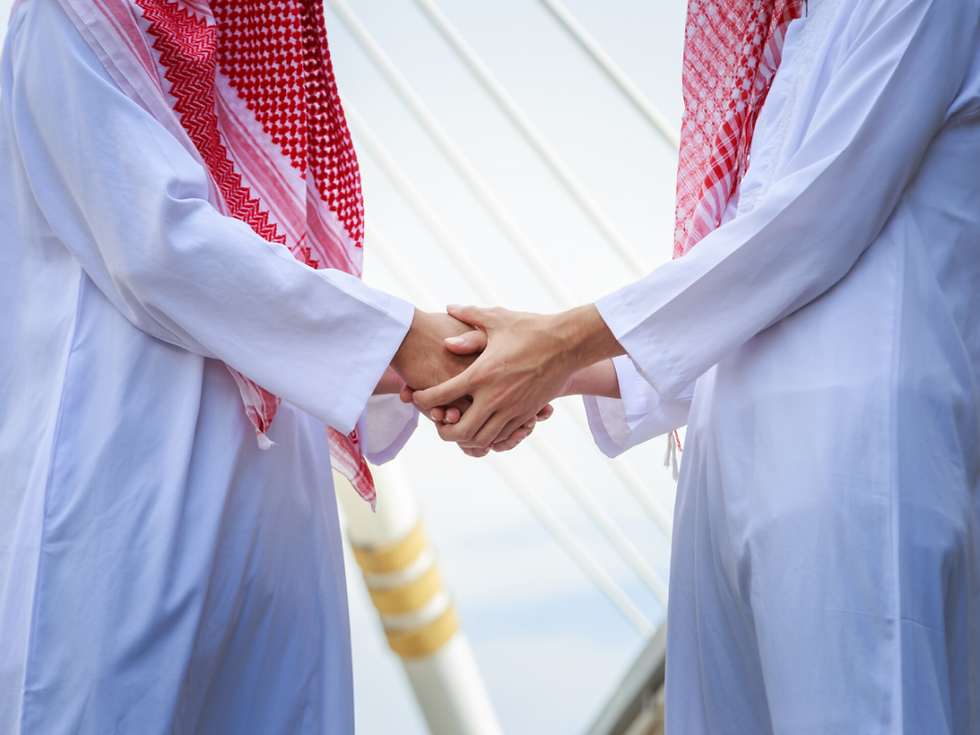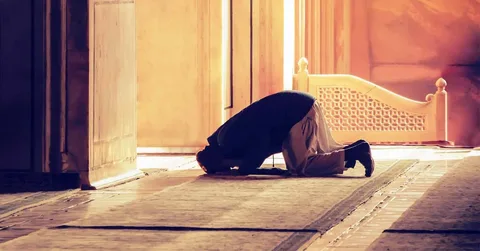Definition of Mimbar in Mosque
- buttharis19999
- Jun 16
- 3 min read
Mimbar in the mosque plays a very important role within the Islamic architecture and religious practice. The word mimbar is a variation of the word (na-ba-ra) in Arabic which translates into English as to elevate or to proclaim and therefore the mimbar can be defined as a raised platform or pulpit where the khateeb (the person who delivers the sermon) preaches to the congregation. The mimbar is conventionally positioned on the right side of mihrab (the niche that shows the direction to the Kaaba in Mecca), thus being the symbol of knowledge, leadership, and communication, in the Muslim community. It is mostly employed in the course of the Friday sermon (khutbah), though it could be utilized during Eid prayers or any other major religious speech.
The mimbar comes with the origins of Prophet Muhammad (peace be upon him). In the first times, the Prophet used to preach standing and leaning on a date palm trunk. This was replaced later on with a simple 3-step wooden platform where he used to talk and sit and all stages which followed mimbar were modeled after this structure. It was such a simple building that highlighted the fact that the Prophet was also a humble person and offering sermons with a clear and palpable presence was the utmost necessity. With the spread of Islamic government, the mimbar also became much more complex as its main purposes remained unchanged guiding and educating the Muslim population.
The main purpose of the mimbar is preaching of the khutbah which is a crucial part of the Jumu indications (Friday) prayer. Khutbah is not just another speech, rather; it is a religious duty which supersedes the two rakath prayers of the noon of Friday prayer. The khateeb has some messages during the khutbah that contain the ethical and religious instructions and remind of the value of piety and good behavior. This medium will actually send the message to all the worshippers not only physically, but spiritually as well keen on the point of mimbar as a vehicle of individual mind and communal transformation.
The mimbar is architecturally different in different cultures and usually is a staircaseway to an elevated platform of small size and has a canopy or baldachin above. Other mimbars are carved out of a piece of wood, marble or stone in an exquisite manner demonstrating the artistic and cultural aspects of the place where one was constructed. However, in spite of these variations in shape, the symbolic meaning of the mimbar has always remained the same; it has been the seat of moral authority and a pulpit, where by means of the truths of Islam, the truth is preached to the people.
Mimbar is not a building in itself but a symbol of moral commitment of the orator. The khateeb that goes up the pulpit is supposed to preach with sincerity, wisdom and integrity just like the themes of Islam. Any use of the platform to achieve any political benefits, any misinformation or distraction is regarded as a betrayal of its holy mission. The mimbar was applied by the Prophet Muhammad (peace be upon him) to integrate the Muslim ummah, establish justice, and have the society and spiritual reform. It is because of such legacy that his successors have a lot to live up to.
The mimbar is also a record of history in most of the Islamic societies. The mimbar has been long used to make important announcements, declare holidays, even political statements. It has served as a source of communication between the rulers and the ruled connecting the mosque with the rest of the society. During periods of crises or celebration, the panorama in which communal emotions and values are worked out, strengthened and projected has frequently been the mimbar.
Finally, the mimbar is not only a type of furniture in a mosque. It implies the voice of Muslims in the social sphere and acts as a reminder of the Prophet as the bearer of guidance, education, and elevation. The mimbar remains central to Islamic religious life, although in form more variable, whether in a simple rural mosque or in a large metropolitan masjid, whether it has a connection with historical traditions or it responds to modern demands, it remains an important pole, and an unchanging center in the religious life of Muslims. It is an existing tradition which believes in the principle of wisdom, justice and faith.



Commentaires